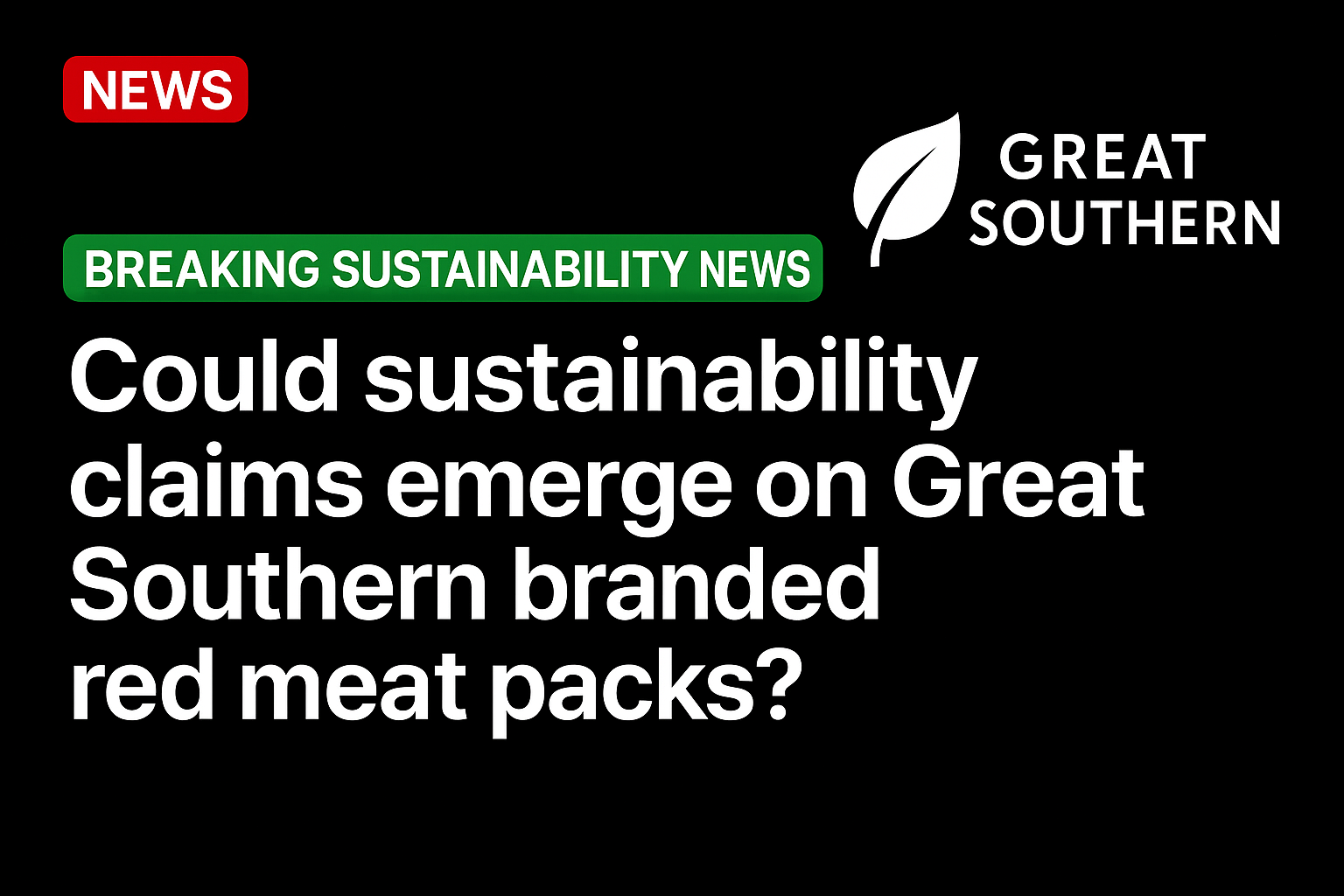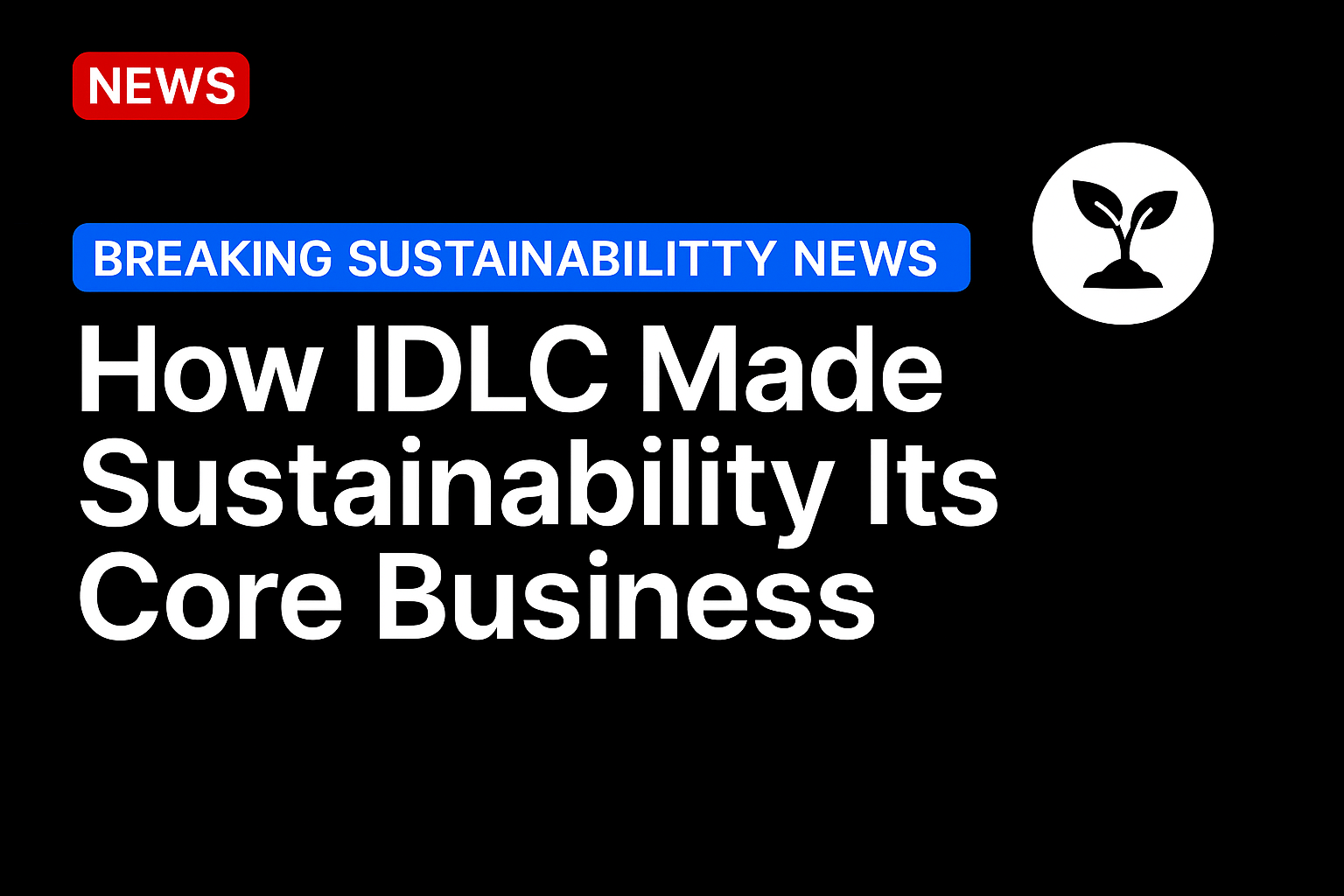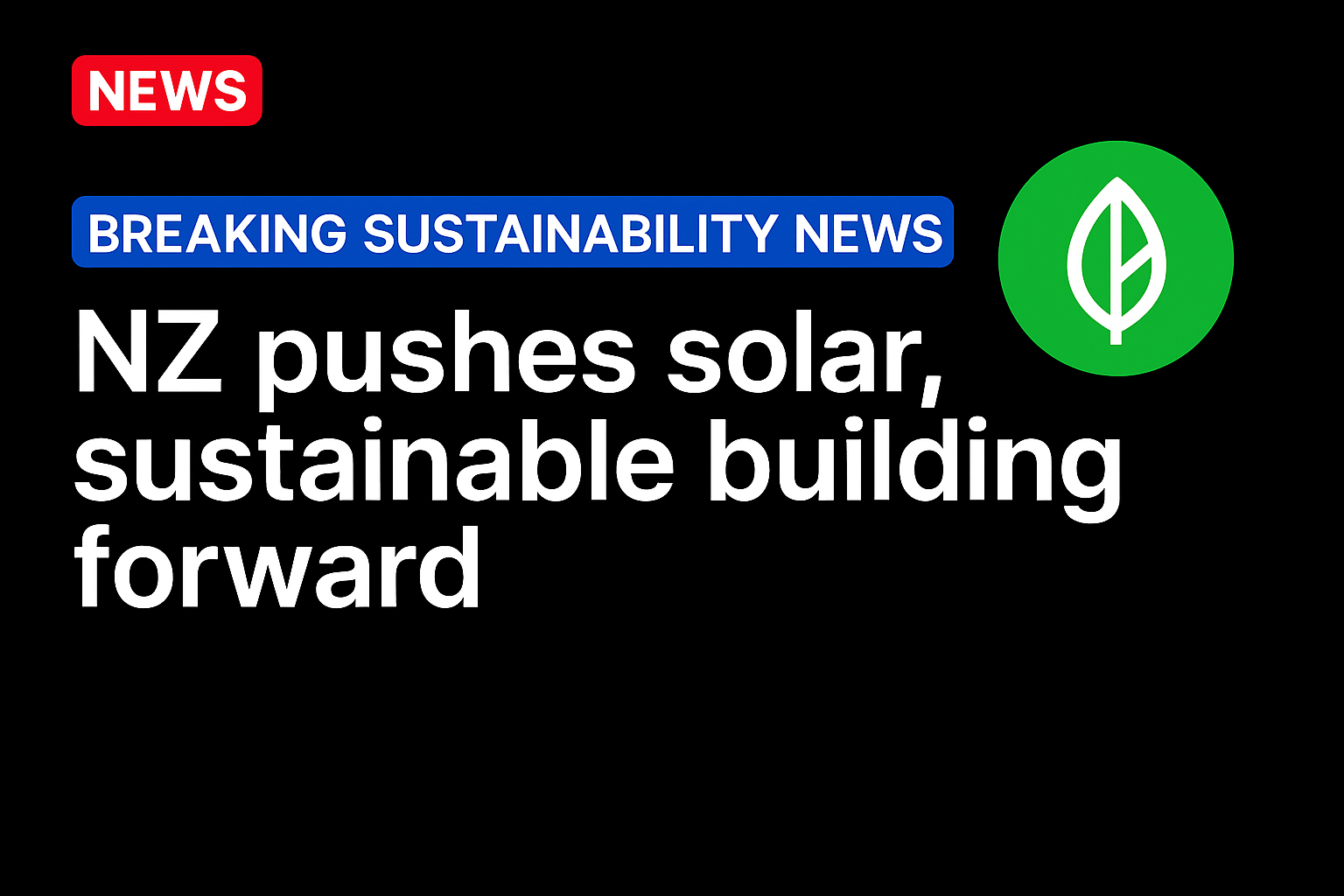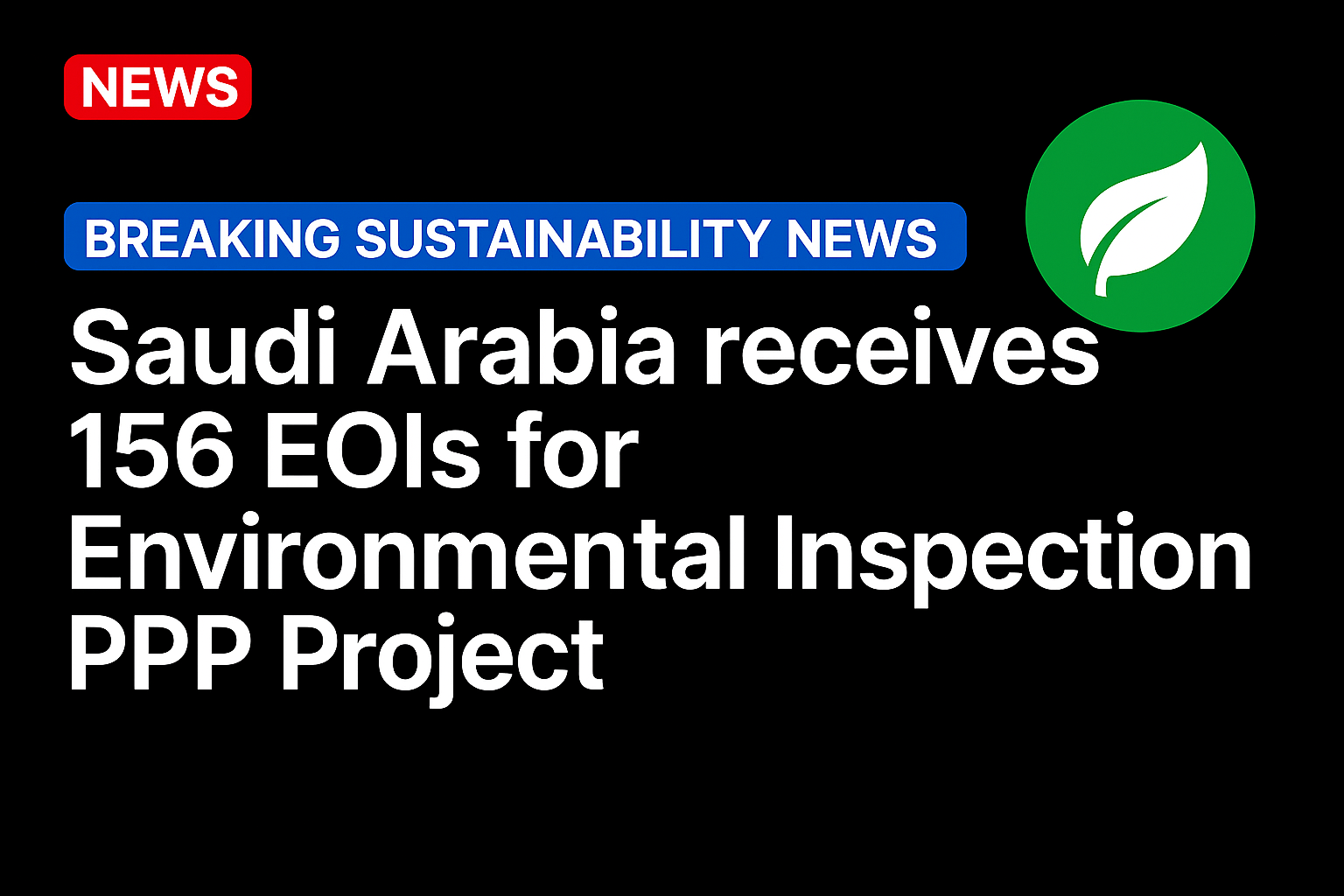CLAIMS around sustainability and carbon emissions could one day appear on JBS Great Southern certified grassfed beef and lamb packs or carton end panels, if commentary during last week’s Great Southern producer gathering in Melbourne were anything to go by.
Environmental scientist Dr Stephen Wiedemann from Integrity Ag, who consults with JBS, specialises in carbon and environmental footprinting and de-carbonisation of agrifood and fibre supply chains.
Dr Weidemann has led extensive on-farm carbon emissions survey work across the JBS Southern livestock network. The significant study had so far involved 200 beef properties, results from which have been published in scientific journals, providing benchmarks for future progress.
While most of the early work has been in the beef space, Great Southern (parallel programs for both grassfed beef and lamb) is heading down a similar path for its lamb program.
Efficiency of production key
Dr Weidemann said there were lots of misconceptions about carbon emissions in the beef industry – one being that smaller properties ‘with more trees and less cattle’ must be the lowest emitters.
An important metric being studied was carbon impacts for each kilogram of beef produced, carried right through to the customer.
“When you think about it in that way, the efficiency of production becomes a key factor in it all. In this area, our study has focussed on things that the typical cattle farmer knows a lot about: weaning rates, herd efficiency, and growth rates through to market.”
“What’s neat about that is those traits that we’ve been chasing for herd productivity and product quality are actually now showing up in the carbon accounting. It’s all because the unit we’re measuring on is the per-kilogram-of-beef approach, meaning if you’re herd is more efficient, you’ll get a lower carbon result.”
Nation-leading study
JBS Southern’s livestock manager Steve Chapman asked how the size of the JBS study – carrying data from 200 beef producers – compared with others.
“It’s nation-leading, even world-leading, for two reasons,” Dr Wiedemann said.
“The first is that it takes quite a lot of work to pull that information together, even for one property – but then, multiply that by 200 times,” he said. “It’s quite a barrier.”
“A lot of similar numbers have been produced from one or two farms here or there, or some idealised model. It’s quite unique that we went to the effort of getting real farm data, and then scaling that up to provide information on all cattle.”
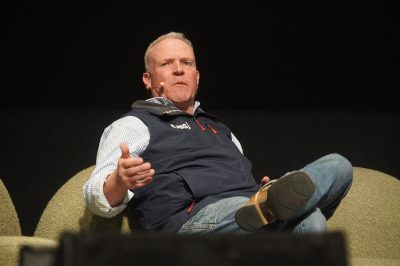
JBS Southern livestock manager Steve Chapman
“So having generated that data, do we now stop?” Steve Chapman asked.
“There’s a whole lot of different angles to consider on that,” Dr Wiedemann said.
“Is the impact from methane really what some people say it is? Customers overseas tell us we need to comply with certain measurement systems, and so on. But as it currently stands, that system allocates a high impact to methane, and that means a high impact from red meat.”
But that was not something the industry needed to be terrified of, he said.
“The fact is we have a fantastic product that every body loves, but it also means we can’t rest on our laurels. The world is clearly saying, we do care about carbon, and the narrative is, we do want you (livestock producers) to be on the right direction – not just rampantly increasing emissions, or simply not having any idea.”
“Carbon is not the only priority, and you certainly would not build the whole view about sustainability around carbon – but it is one part of it, ands whether we like it or not, it’s a big trend in the broader community.”
Do consumers really care?
But do meat-eating punters on the street really care that much about carbon emissions?
“In a general sense, yes, but in a specific sense, would they buy a product that has a sustainability credential attached to it? Will they pay more for it? Those questions get into increasing shades of grey,” Dr Wiedemann said.
“But this brand (Great Southern) is not a generic product, and we don’t want to be selling generic products. Carbon is not everything, but the kind of customers that pick up a serve of Great Southern beef or lamb, and value it, also want to know the producers are doing something about it (carbon and emissions), and are on the journey – reducing emissions over time, and not just ‘going nowhere’.”
Are impact between beef and lamb that different?
Steve Chapman asked if studies had so far shown whether carbon and methane impacts were greatly different between high-performing beef and lamb operations.
Dr Wiedemann said while the beef assessment was more advanced, lamb was the next horizon.
“We need to gain knowledge about lamb production so that we can talk to the customers, tell them what a great (carbon emissions) outcome it has, and that we have our act together on the journey,” he said.
“Generally, we see emissions impacts a bit lower for lamb than beef – the main reason being the dual purpose systems in sheep, used for both wool and meat,” Dr Wiedemann said.
“It happens also in dairy, producing both milk and a meat animal, but we don’t have the same parallel with beef. While generally, the emissions story with lamb is a little better, it’s also more complicated, because of more going on with two production systems.”
But the same productivity story (more lambs on the ground and getting them to market weight rapidly) impacted lambs’ performance in the same way it did with beef.
What does the next ten years look like?
So what does the next one, five or ten years look like in this sustainability/carbon emissions space for beef and lamb?
Dr Wiedemann made three points.
The first was, ‘doing what we already do, and continuing to do that better.’
“We still have opportunity to lift the whole of the supply chain around emissions, and weight-for-age is key to that,” he said, “just getting that better weightgain and high-fertility herd. Cows are the engine-room in consuming feed, and feed digestion is what creates methane, so the efficiency of the herd is key. We still have some miles to go there, which we can be pretty positive about. That will be a big emphasis over the next three or four years.”
The second was some gaps in the on-farm assessment process that were harder to assess. Tree-planting programs was an example.
“In the on-farm assessment process there is always the balance between how much we ask, and missing out on some pretty important things. The results so far are conservative – we think the emissions story is probably better than what we currently know it to be. The gap is in needing more on-farm information, which we’re working on.”
The third was perhaps still five years ahead, looking at feeding alternatives for better emissions outcomes.
“We know there are some highly productive pastures that produce less methane when cattle eat them – species like plantain and chicory in the south – common pastures that can produce less emissions. We have a way to go to really understand how to leverage that, but we need to work out the science, how we adopt it, and then working on that.”
Lastly, when telling stories about farming, there was nothing better than ‘something than can be seen’, he said. Tree planting could be part of that.
“I’m not talking about planting entire areas to trees, but that’s a part of the sustainability story, and it gives us something we can use to build a better story around with consumers.”
Emissions change from year to year
Dr Wiedemann said there were a few points that the livestock industry would have to get used to, in the sustainability assessment space.
The first was that while herd productivity had a big impact on emissions intensity and the carbon footprint, it also mean that ‘the number’ would change from year to year, and could even change within market categories.
“There’s this idea that, ‘I’ve got my number’ in terms of carbon footprint, but that number is constantly changing. It means we have to keep on collecting data – but we have to make that easier, smoother and better – as well as getting better on predictions so we are only collecting exactly what we need.”
Assessing ‘what’s important’
Dr Wiedemann said it had taken three months to assess the very first farm involved in the carbon footprint assessment ever done in Australian livestock, back in 2005.
“We asked thousands of questions at the time, but really had no idea what was important, and what wasn’t. It was totally overwhelming, but we’ve now brought that right back to something far more manageable, focussing only on what we really need to know. And we keep getting better at that.”
Focus on feed conversion efficiency
Some of the environmental footprint results being produced could also be used to benchmark production data, Dr Wiedemann said.
“The indicator we are really interested in is lifetime average daily gain. We have to assess that as part of the carbon process. Ultimately it’s about herd feed efficiency.
“It’s something we don’t talk about yet in beef or lamb, but if we were at a pork growers’ conference today, I could ask anybody in the crowd what their herd feed conversion rate was, and they could tell me within two decimal points, because it drives cost of production.”
Beef and lamb did not talk about feed conversion, because it could not be measured (at least before feedlot entry.
“It’s the tail wagging the dog, but we had to start measuring feed conversion to get the carbon stuff right. We’re not quite there yet – it is not yet included in the reports to co-operator growers, but we are actually measuring something that is very important to the overall productive efficiency of the farm.”
Audience questions
During questiontime, Dr Wiedemann was asked how JBS planned to sell the industry’s move from total carbon emissions to carbon intensity to customers and consumers.
“At the moment, the consumer is still pretty confused in this carbon space, and it is not clear on whether they will understand the difference,” he said.
“But the person putting the beef or lamb on their supermarket shelf, or in their menu, they are the more impactful driver in this whole supply chain. They are not necessarily doing it because they want to put a clear label on a brand, but more for their corporate positioning.
JBS suppliers Rob and Joan Liley from Fish Creek in Victoria’s Gippsland region received the Sustainability Award from Dr Stephen Wiedemann during Friday night’s JBS Great Southern supplier awards dinner. Click on image for a larger view
“Really, the most impactful movement in the world on that is Science Based Targets Initiative (SBTI), a program that is getting corporates to sign up to emissions reduction. If there is one thing in the world that’s driving this trend, all focussed on emissions intensity, its SBTI, at the customer (retailer or food service) level.
“What they want is signs of a downward trend in emissions level – showing we are reducing the footprint, over time. But honestly, they probably have no idea themselves how to get there.”
“There’s a big journey of education in this, sitting down with customers and saying, if you want this, it’s going to cost this much money to get there. At some point there will have to be price conversations around that topic – but it’s still very early days.”
“In comparison, the typical consumer is simply saying, put products on your shelf that you feel confident about, that won’t produce any nasty surprises later – and you take responsibility for that, so I can have confidence when I pick it up off the shelf.”
Grainfed Vs grassfed sustainability
Great Southern supplier Keith Hammond asked where grassfed programs stood in comparison with grainfed, in the sustainability/emissions stakes.
“Each part of the beef game has its own advantages,” Dr Wiedemann said.
“In the grassfed sector, it’s about cattle wandering in a natural landscape, and the grassfed sector needs to lean into that, telling the story better.
“Grainfed has advantages too – higher production, higher rate of gain, lower emissions output.”
He pointed to recent research findings showing lower emissions among cattle being finished on grain, versus grass.
“We’re trying not to get into ‘either-or’, but at the end of the day, all cattle in Australia are produced off grass, and then we grain-finish some of them.
“That does help the grain sector – they have an advantage in that, for the markets that want that product, but high-production grassfed systems have to leverage their own advantages, showing that story around the natural ecosystem, and improve our story-telling around that.”
While the separate soil-carbon assessment process remained a ‘really hard area,’ the industry had to keep trying, because that was where it would find its own advantages in the grassfed sector.
Dr Wiedemann said nobody among the 650 attending the JBS Great Southern event were present because Great Southern was a generic beef beef program.
“You’re here because you care, and you want to see that reflected in the brand you support, and the story behind it,” he said.
JBS’s Steve Chapman said the industry tended to be defensive about where it was up to in the sustainability space.
“But if we have a good story to tell, and we’re proactive about it, this part of the sustainability piece is a part of that, and it’s really important to have it as part of our narrative,” he said.
Source: https://www.beefcentral.com/

